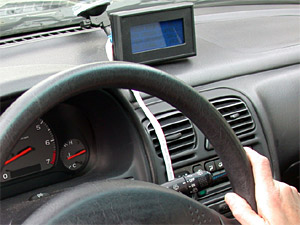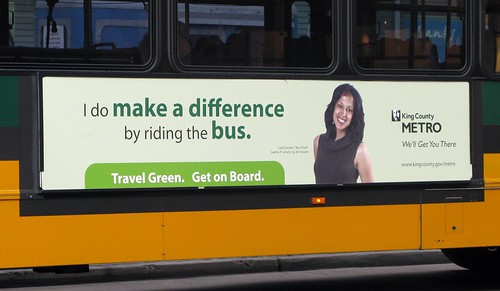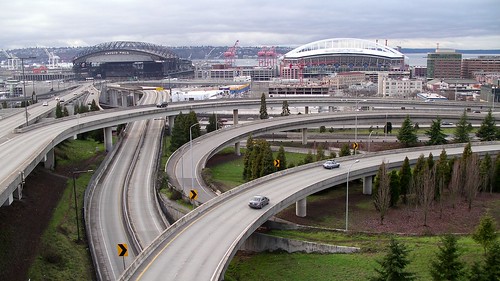Damning Report on State of Good Repair Needs Released
Federal Transit Administration’s study indicates that the nation’s largest rail systems have a long way to go before they’re ready for prime time
(SOurce: FTA via The Transport Politic)
In December 2007, several senators asked the Federal Transit Administration to study the capital needs of the nation’s largest rail systems, and the government agency has released its report today. To put it bluntly, its conclusions are damning and indicate that the United States must invest far more in maintaining its existing transit infrastructure than it is currently, or suffer the consequences of rotting tracks, vehicles, and stations.
Notably, the report indicates that the seven systems studied (Chicago’s CTA, Boston’s MBTA, New York’s MTA, New Jersey Transit, San Francisco’s BART, Philadelphia’s SEPTA, and Washington’s WMATA) have a total $50 billion backlog of repairs necessary to upgrade equipment to a state of good repair. Based on current funding, that backlog will stretch on for decades if nothing is done. The existing fixed guideway modernization programprovides about $5.4 billion annually for capital upgrades on the nation’s older lines at an 80% federal share.

The report recommends that the federal government increase spending on funding repairs to existing fixed guideway systems, arguing that it remains necessary for these agencies to upgrade their vehicles, tracks, and stations to an adequate quality. Importantly, the study suggests that the current formula for distributing funds – based on an insane 7-tier process – is inappropriate, and that more money be distributed directly to those agencies most in need of improvements.
More importantly, though, the FTA suggests that the Congress authorize an average of $4.2 billion more annually over the next twelve years with a temporary state of good repair fund (alternatives also provided: $8.3 billion annually over six years or $2.5 billion annually over twenty). That would require the government to commit to a total average of $10.1 billion in funds annually for the program. Thereafter, once repairs are complete, the report suggests that the program should be designed to continue funding agencies at a level of $5.9 billion annually.









